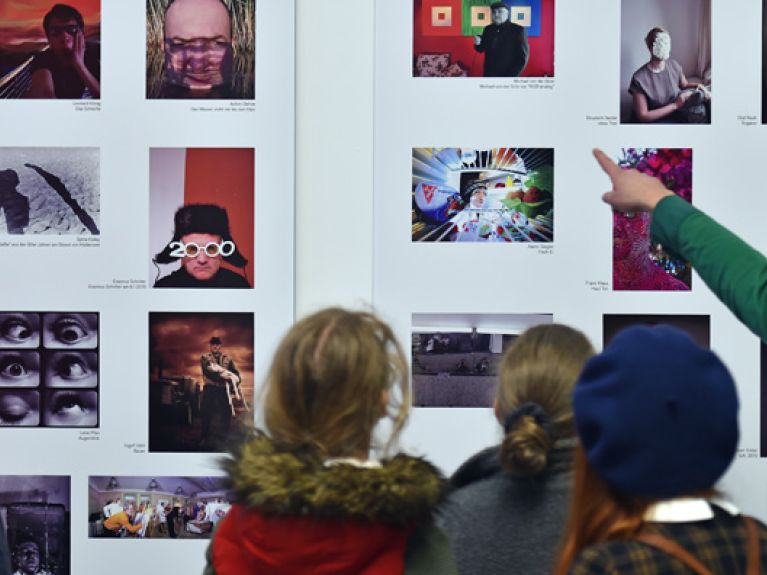Vibrant nation of culture
Germany’s reputation as a great European cultural nation is based on famous names, its current very vibrant art scene and cosmopolitan diversity.

There is no one single German culture. There are many German cultures which simultaneously coexist despite what are often astonishing differences; they are intertwined, repelling and attracting one another. To speak of Germany as a nation of culture in the 21st century is to talk of a mature and continuously developing living organism whose variety is astounding, unsettling, indeed often taxing. This can in part be attributed to the country’s federal traditions: After all, Germany was not a unified state until 1871. Not only the Federal Republic of Germany founded in 1949, but also the Germany that was reunified in 1990 has consciously upheld the federal traditions and left the federal states firmly responsible for cultural policy. It was not until 1998 that there was a minister of state in charge of culture and the media attached to the Federal Chancellery. One of the effects of Germany having arisen from many small and medium-sized states and free cities, there are, amongst other things, around 300 theatres, 130 professional orchestras (which are in some instances paired with radio stations), and 80 musical theatres. Furthermore, 630 art museums with outstanding international collections form an unprecedented gallery scene. Germany is a world leader in terms of sheer variety in cultural facilities. The population generally welcomes the fact that theatres, orchestras and museums are predominantly public institutions run by the federal states. Against the backdrop of public budget constraints, sociodemographic change and shifts in the media landscape (such as digitisation) the cultural system is currently in a phase of upheaval and reorientation.
Germany’s reputation as a major cultural nation rests on the great names of the past, such as Bach, Beethoven and Brahms in music, Goethe, Schiller and Thomas Mann in literature. Moreover, there are exceptional examples of German Modernists in all art genres.
It bears noting that the country has gone through a process which began earlier in other European nations. Germany has embraced outside influences on the basis of its own traditions and developed a new narrative. Young artists from migratory backgrounds have found expressive means, both poetic and musical, to respond to the encounter and fusion of different cultural backgrounds.
The regional artistic and cultural centres have morphed into vibrant centres of new German culture in the increasingly blurred grey area between low-brow and high-brow culture. Together they create a force field, a reflection of Germany in concentrated form. There is also the Humboldt Forum project, which will open in 2019 as a cultural lighthouse in the rebuilt palace in central Berlin. Characterised by cosmopolitanism, it should facilitate an international exchange of knowledge and intercultural dialogue.